FIRE ALARM SYSTEM
Our Fire Solution Brands






Fire Alarm Control Panel
The fire alarm control panel, commonly abbreviated as FACU, is the system’s “brain.” It receives messages from the initiating devices, also known as inputs, and performs the various functions.
Different Types of Fire Alarm Systems
A conventional fire panel, also known as a conventional fire alarm control panel (FACP), is an essential component of a traditional fire alarm system. It serves the purpose of monitoring and controlling fire detection devices in specific zones within a building or facility. Unlike addressable fire panels, conventional panels provide more general information about the location of fire events by dividing the protected area into predefined zones.
An addressable fire panel, also known as an addressable fire alarm control panel (FACP), is a critical component of a modern fire alarm system. It is designed to monitor and control fire detection devices, such as smoke detectors, heat detectors, manual pull stations, and other fire-related equipment that are distributed throughout a building or facility.
The main difference between an addressable fire panel and a conventional fire panel lies in their communication capabilities. In a conventional fire panel, the devices are divided into zones, and when an alarm is triggered, the panel can only indicate the zone in which the event occurred. On the other hand, an addressable fire panel can pinpoint the exact location of each individual device, offering a more precise identification of the area experiencing the fire event.
An intelligent fire panel, also known as an intelligent fire alarm control panel, is a sophisticated and advanced type of fire panel used in modern fire alarm systems. It is an evolution beyond conventional fire panels and provides more advanced features and capabilities for fire detection, monitoring, and control. Intelligent fire panels are designed to enhance the speed, accuracy, and flexibility of fire detection and response.
A wireless fire panel, also known as a wireless fire alarm control panel, is a type of fire panel that communicates with fire detection devices and other system components using wireless technology. Unlike traditional fire panels that require physical wiring to connect the devices, a wireless fire panel relies on radio frequency (RF) signals to transmit data between the control panel and the devices.
Components of an Alarm System

Heat Detector
A heat detector is a type of fire detection device designed to respond to changes in temperature caused by fire. It is an essential component of fire alarm systems and serves the critical function of detecting and alerting occupants about the presence of a fire or excessive heat in a building or facility.
Unlike smoke detectors, which detect airborne particles produced by combustion, heat detectors primarily respond to changes in temperature. When a fire occurs, the heat detector senses the increase in temperature and triggers an alarm to alert occupants or activate the fire alarm system.
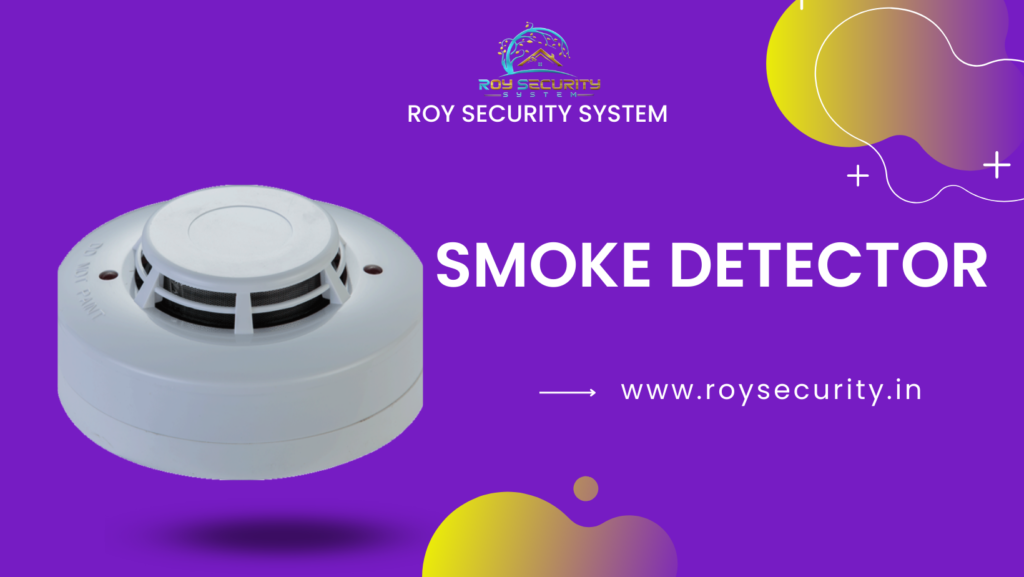
Smoke Detector
A smoke detector is a device used to detect the presence of smoke or airborne particles produced by combustion, typically indicating the early stages of a fire. It is a crucial component of fire alarm systems and plays a vital role in providing early warning to occupants, allowing them to evacuate safely and promptly in the event of a fire.

Duct Smoke Detector
A duct smoke detector is a specialized type of smoke detector designed to monitor the air inside HVAC (heating, ventilation, and air conditioning) ductwork for the presence of smoke. It is an essential component of fire protection systems in commercial buildings and industrial facilities where air distribution systems are used for heating, cooling, and ventilation.
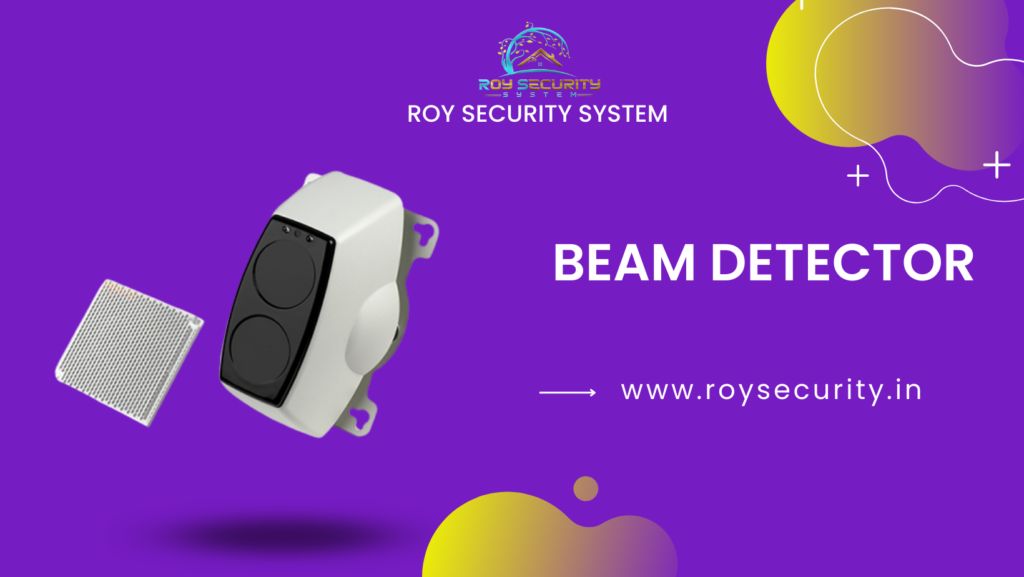
Beam Detector
A beam detector, also known as a beam smoke detector or projected beam smoke detector, is a type of fire detection device used to detect smoke over an extended area. It is commonly used in large spaces such as atriums, warehouses, shopping malls, airports, and other open-plan areas where traditional point-type smoke detectors may not be practical or cost-effective.
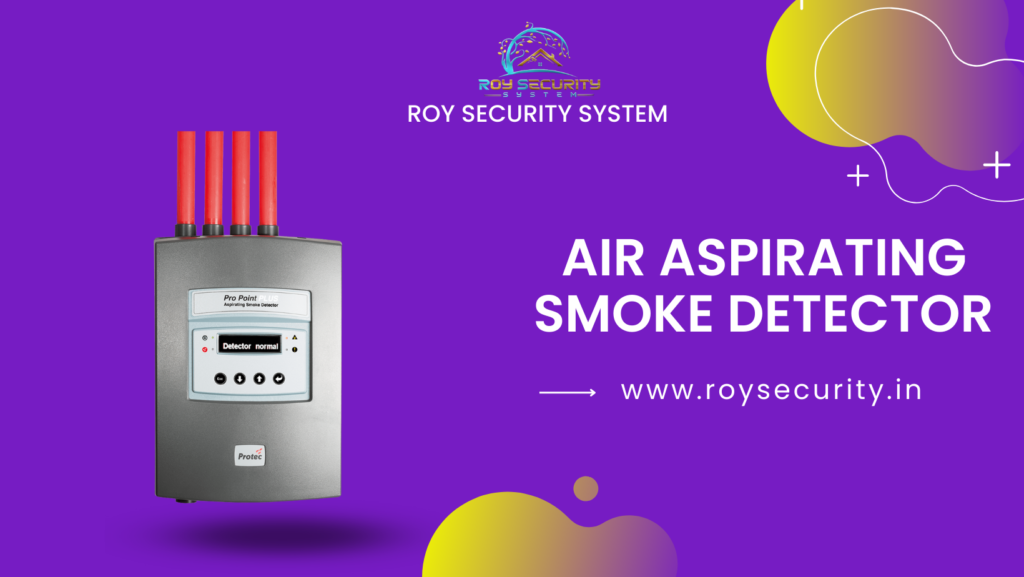
Air Aspirating Smoke Detector
An air aspirating smoke detector, also known as an air sampling smoke detector (ASSD) or aspirated smoke detector, is an advanced type of fire detection system that uses a network of pipes to actively draw air samples from the protected area and analyze them for the presence of smoke particles. It is a highly sensitive and reliable method of detecting fires at their early stages, making it suitable for critical applications and environments where early warning is essential.

Water Flow Switch
A water flow switch, also known as a water flow detector or water flow sensor, is a device used in fire sprinkler systems to monitor the flow of water through the pipes. It plays a critical role in detecting the activation of the sprinkler system when water starts flowing due to a fire event. Water flow switches are essential components of fire protection systems and are often required by building codes and regulations to ensure the proper functioning of sprinkler systems.

Tamper Switch
A tamper switch, also known as a tamper sensor or tamper contact, is a device used to monitor the integrity and security of various types of equipment, installations, or access points. The main purpose of a tamper switch is to detect unauthorized access, removal, or interference with the protected item or area. It plays a crucial role in enhancing the security of various systems and devices.
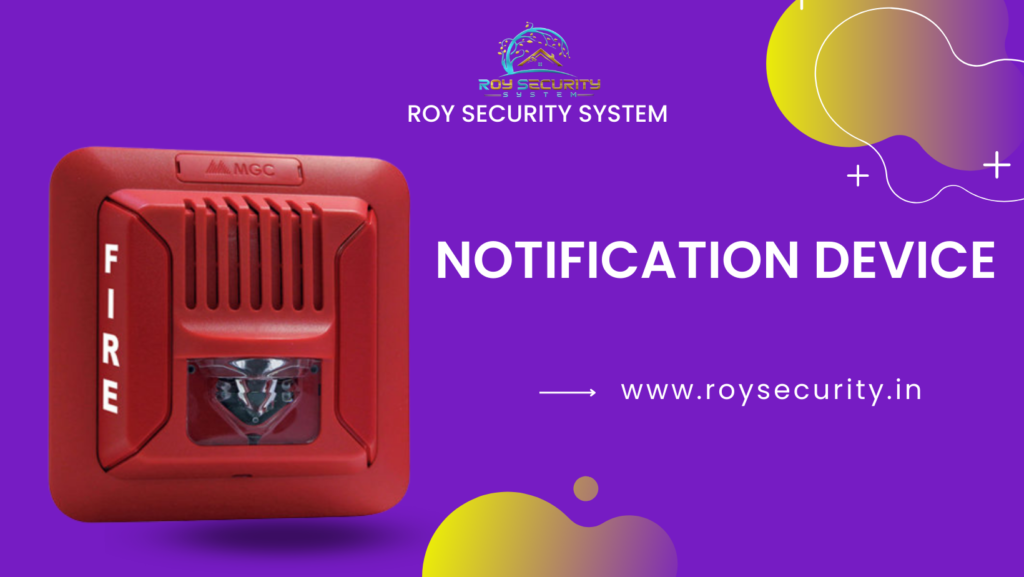
Notification Device
A notification device, in the context of fire protection and safety systems, is a device used to alert occupants and personnel of potential hazards, emergencies, or specific events. These devices are an integral part of fire alarm systems, security systems, and other emergency notification systems. They provide audible, visual, or tactile signals to inform people about the need to take appropriate actions, such as evacuation or response to an emergency situation.

Audible Device
Audible devices are notification devices that produce sound signals to alert occupants and personnel of potential hazards, emergencies, or specific events. These devices are an essential part of fire alarm systems, security systems, and other emergency notification systems, providing an audible warning to prompt people to take appropriate actions during emergencies.

Strobe Light
Strobes, also known as strobe lights or visual alarm devices, are bright, high-intensity flashing lights used in emergency notification systems to provide visual alerts during emergencies. Strobes are an integral part of fire alarm systems, security systems, and other safety systems, especially in settings where audible alarms may not be sufficient, such as in noisy environments or for individuals with hearing impairments.

Dialers or Communicators
Dialers or communicators are devices used in security and fire alarm systems to transmit alarm signals and other critical information to a monitoring station or designated recipients. They serve as a vital link between the protected premises and the monitoring center, enabling timely response to emergency situations and facilitating communication with the appropriate authorities.
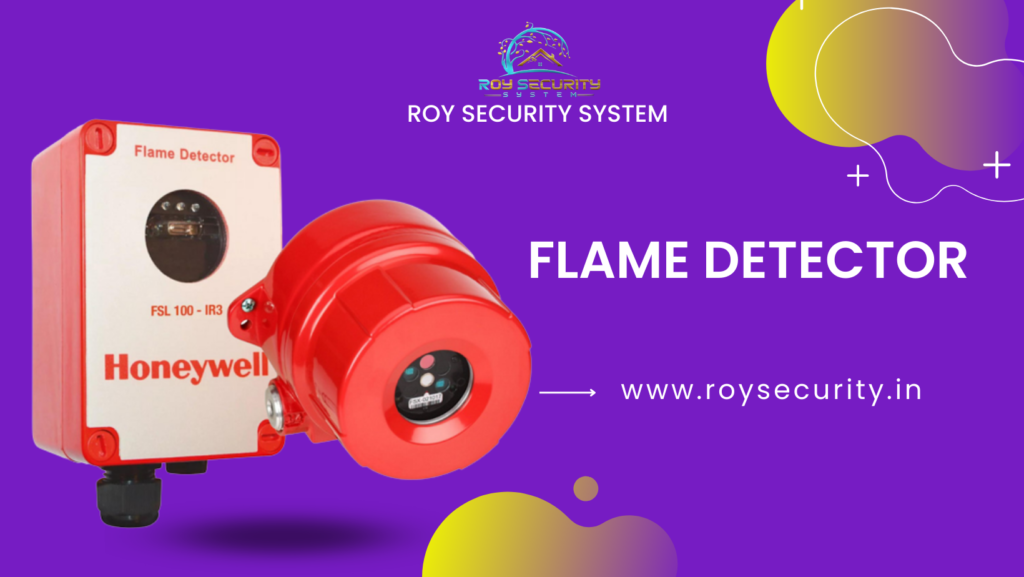
Flame Detector
A flame detector is a specialized fire detection device designed to sense the presence of an open flame, such as those produced by a fire or combustion process. It plays a critical role in industrial and commercial settings, where early detection of flames is crucial for preventing fires, protecting personnel, and safeguarding valuable assets.

Combination Detector
A combination detector, also known as a multi-sensor detector or dual-sensor detector, is a fire detection device that combines multiple sensing technologies in a single unit. These detectors are designed to provide enhanced fire detection capabilities by leveraging the strengths of different sensors, allowing them to detect a wider range of fire types and reducing the likelihood of false alarms.

Manual Call Point
A manual call point, also known as a manual fire alarm station, break glass call point, or manual pull station, is a device used to manually initiate a fire alarm signal in case of a fire or emergency. It allows building occupants or personnel to quickly and directly activate the fire alarm system, notifying others of the potential danger and initiating emergency response procedures.

Fire Alarm Bell
In a fire alarm system, a bell is an audible notification device used to alert building occupants and personnel of a potential fire or emergency. When the fire alarm is activated due to the detection of smoke or heat, the bell is activated to produce a loud ringing sound, notifying people to evacuate the premises or take appropriate actions as per the emergency response plan.

Buzzer Fire Alarm
In a fire alarm system, a buzzer is an audible notification device used to provide an audible alert in the event of a fire or emergency. When the fire alarm is activated due to the detection of smoke, heat, or manual activation through a manual call point, the buzzer is triggered to generate a loud buzzing sound, alerting building occupants and personnel to the potential danger.

FPL Fire Alarm System Cable
FPL Fire Alarm System Cable, also known as FPLR (Fire-Protective Signaling Cable Riser), is a type of fire-resistant cable specifically designed for use in fire alarm systems and other life safety applications. It is classified as a riser cable, meaning it is suitable for vertical runs between floors in a building.
Key Features
FPL fire alarm cables are constructed with fire-resistant materials that can withstand high temperatures and prevent the spread of flames. They are designed to maintain functionality during a fire event, allowing the fire alarm system to continue to operate and provide critical alerts.
FPL fire alarm system cables are manufactured in accordance with specific fire safety standards and codes, ensuring that they meet the required performance and safety criteria for use in fire alarm and life safety applications.
In addition to fire resistance, FPL cables are engineered to emit minimal smoke and toxic fumes during a fire, helping to enhance the safety of building occupants during evacuation.
The “R” in FPLR stands for “Riser,” indicating that this cable is designed to be used in vertical riser applications, such as between floors in a building.
FPL fire alarm cables typically have multiple conductors to carry the signals for fire detection and alarm devices. Some versions may also include shielding to reduce electromagnetic interference.
FPL cables are commonly jacketed with materials such as PVC (Polyvinyl Chloride), which provides additional protection to the internal conductors.
